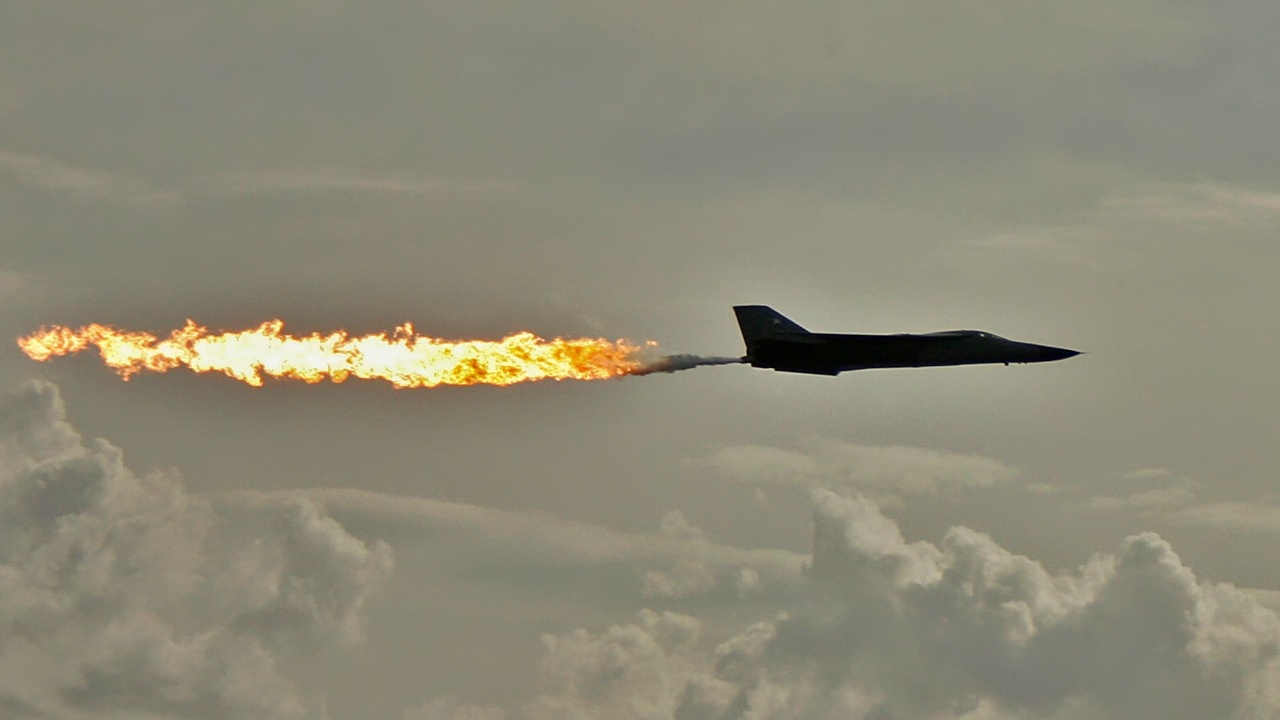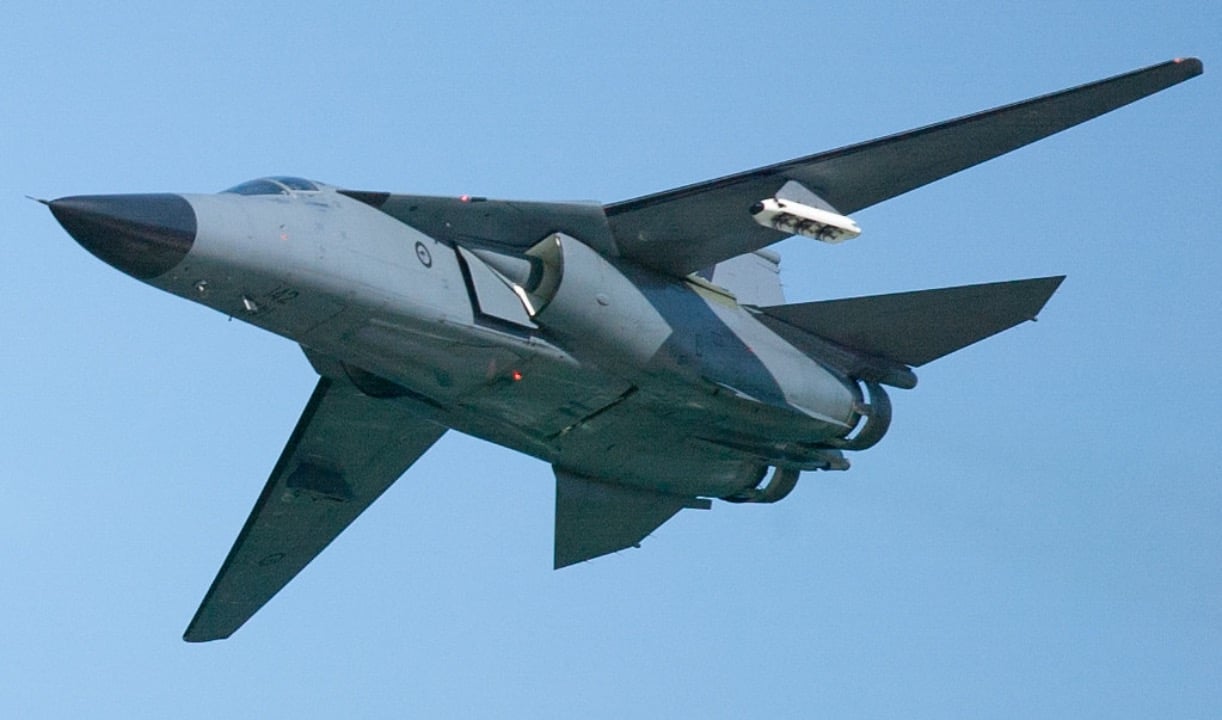The F-111 Aardvark 'Was the Destroyer of Everything'
When the F-111 first entered service during the Cold War, it became the first platform capable of performing in multiple roles to fly the skies. The “Aardvark” also represented the first production airframe with a variable sweep wing configuration that could be changed in flight.
When the F-111 first entered service during the Cold War, it became the first platform capable of performing in multiple roles to fly the skies. The “Aardvark” also represented the first production airframe with a variable sweep wing configuration that could be changed in flight.

This groundbreaking platform, considered by some as the “F-35 of its day,” proved to be a critical asset in battle and is revered today by aviation and military experts alike.
Introducing the F-111 Aardvark
Developed under Robert McNamara’s infamous TFX program, the F-111 was truly a product of the Cold War. In 1960, a U.S. U-2 spy plane was shot down over the Soviet Union in a shocking incident. American officials were not then aware of the Soviet’s advanced surface-to-air missile capabilities. In order to circumvent these cutting-edge systems, the Air Force understood it required a platform capable of flying at higher altitudes.
As part of the Tactical Fighter Experimental program, McNamara tasked manufacturers with creating a single platform that could fulfill the needs of both the Navy and Air Force. General Dynamics was eventually selected to develop the TFX fighter and agreed to produce an initial 23 F-111 airframes.

General Dynamics designed the Aardvark from the ground up, including equipping it with a pair of fuel-efficient TF30 turbofan engines complemented by afterburning technology. In terms of ordnance-lugging capabilities, the F-111 was essentially a “bomb truck’ in the skies. Its massive fuselage could carry bomb loads up to 31,000 pounds and fuel for missions up to 2,500 miles long. The platform could initially carry the M61 Vulcan 20mm cannon within its internal weapons bay; however, this capability was removed down the line.
As detailed by Air Force Technology, “The internal bay could carry Mk 117 type (340kg) bombs and up to Mk 118 (1,400kg) was cleared. The F-111 could carry various free-fall nuclear weapons such as B43, B57 and B61 bombs. The F-111 could not carry any external weapons due to its fuselage design.
The F-111C can launch AGM-142 Popeye stand-off missile, AGM-84 Harpoon anti-ship missile and AGM-88 HARM anti-radiation missile.”

Operational history
The Aardvark made its operational debut in the late 1960s, just as the Vietnam War was heating up. When a third F-111 crashed due to its hydraulic control-valve rod causing the aircraft to pitch up uncontrollably, the platform was pulled. Engineers recognized this design flaw in forty-two other Aardvarks.
After rectifying the issue, the platform once again entered service in 1971. These planes proved themselves as powerful weapons during Operations Linebacker and Linebacker II and were given the moniker “Whispering Death” by the North Vietnamese for their effective bombing abilities. Later, the F-111 series would deploy during Operation El Dorado Canyon to carry out airstrikes in Syria.
The Air Force retired its last Aardvark aircraft in the late 1990s to make room for newer platforms. Specifically, the F-15E Strike Eagle replaced the F-111 for medium-range precision strike missions while the B-1B Lancer replaced it for its bomber role.
About the Author: Maya Carlin, Defense Expert
Maya Carlin, National Security Writer with The National Interest, is an analyst with the Center for Security Policy and a former Anna Sobol Levy Fellow at IDC Herzliya in Israel. She has by-lines in many publications, including The National Interest, Jerusalem Post, and Times of Israel. You can follow her on Twitter: @MayaCarlin.
Image Credit: Creative Commons.


